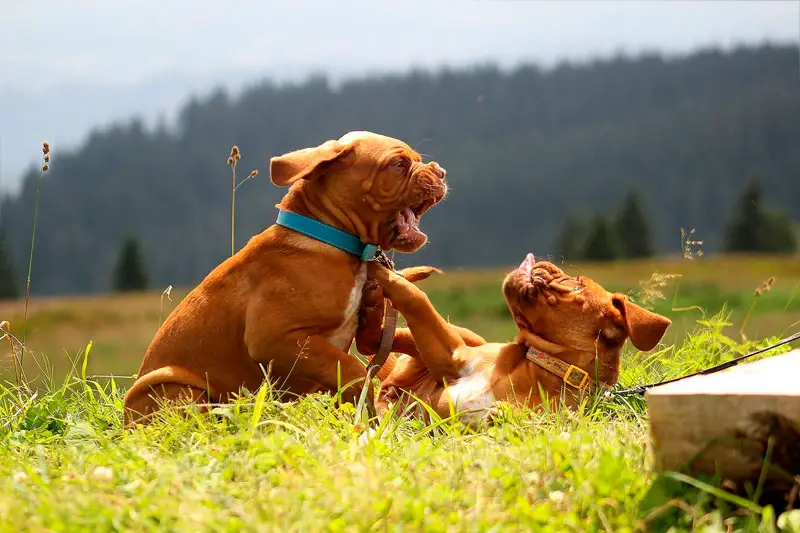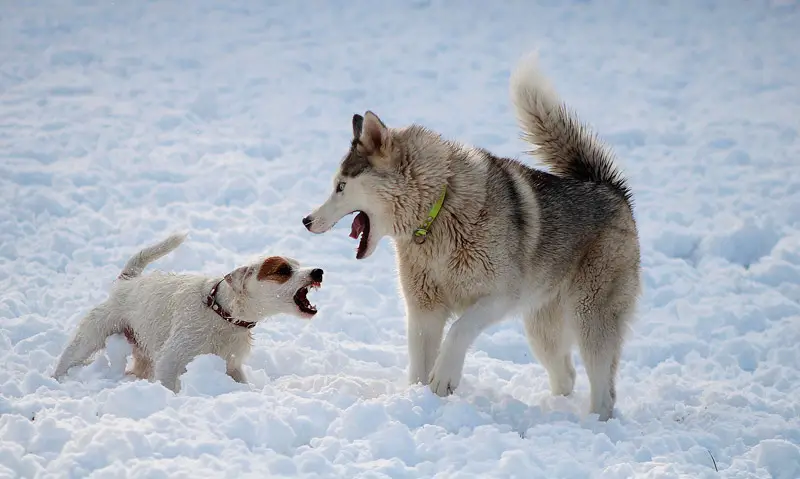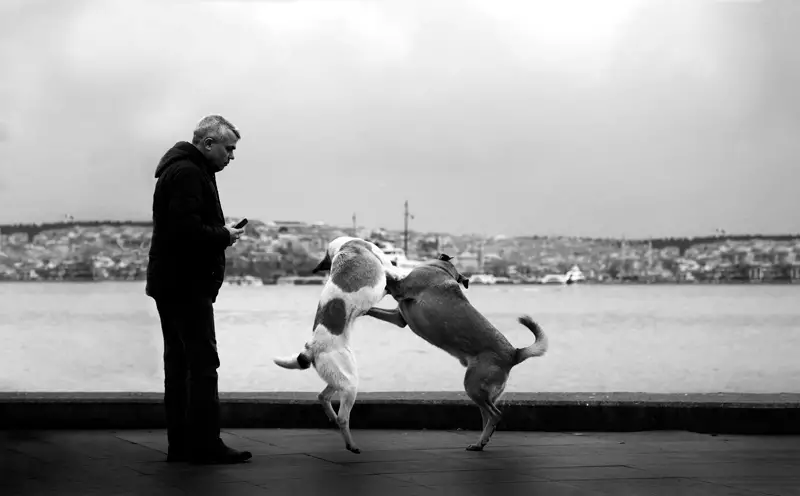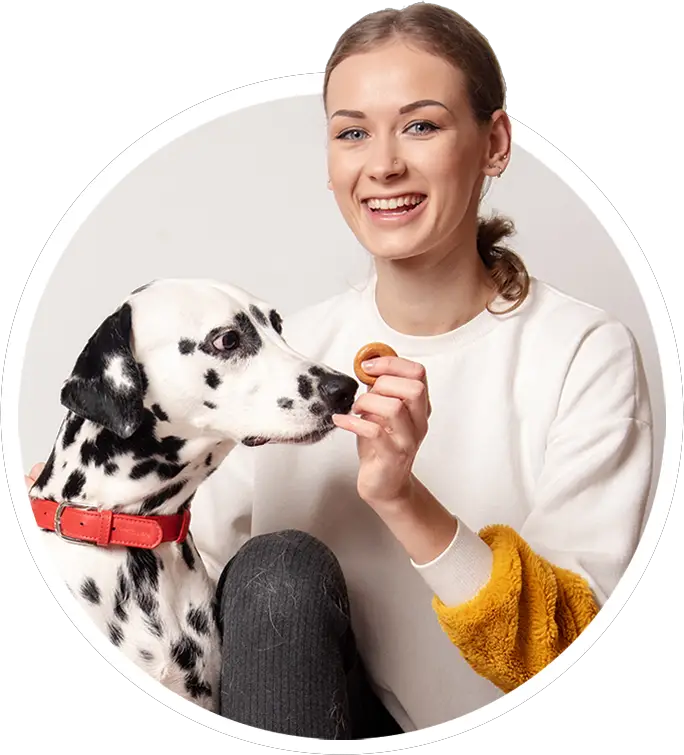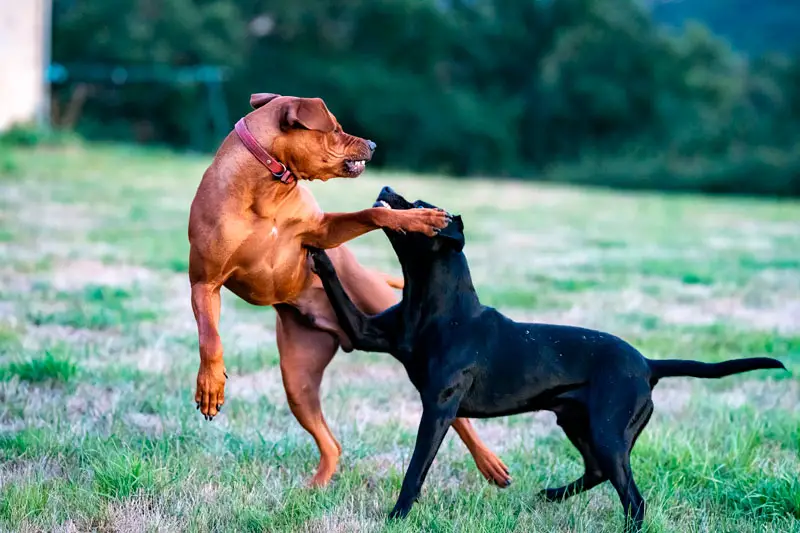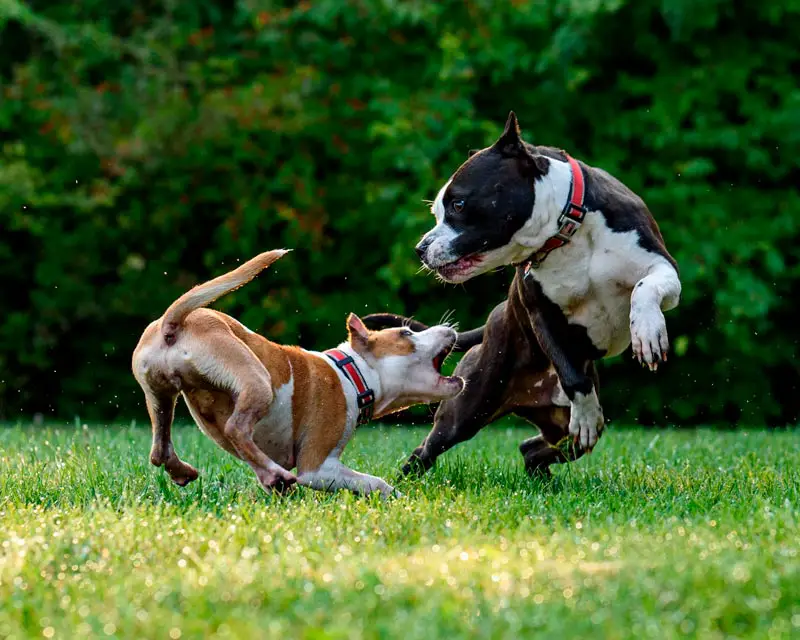Do you own a sweet dog as sugar with you and your family, but whenever confronted with another canine, it just lunges and attacks like a crazy beast? If yes, you are not alone. You might be wondering why your dog attacks other dogs while many others don’t.
Dealing with aggressive dogs can be quite a challenge. One of our dogs in the training academy, Bruno (Rottweiler), was a calm fellow on most occasions. But as soon as he saw another pooch, Doberman, he just went nuts. Our staff was worried about this behavior from Bruno. As a dog owner, you lose confidence in your dog’s personality. Whether they would attack anyone out of nowhere is a doubt that may arise in your mind. We assure you not to boil your brains over this situation. Fortunately, this issue is treatable.
This article will discuss the underlying causal links behind this behavior and, more importantly, how this can be controlled and prevented professionally. But please note that it is crucial to understand what your dog feels and try to say through this aggressive display.
Without any further ado, let’s first see the signs that show a dog about to attack.



